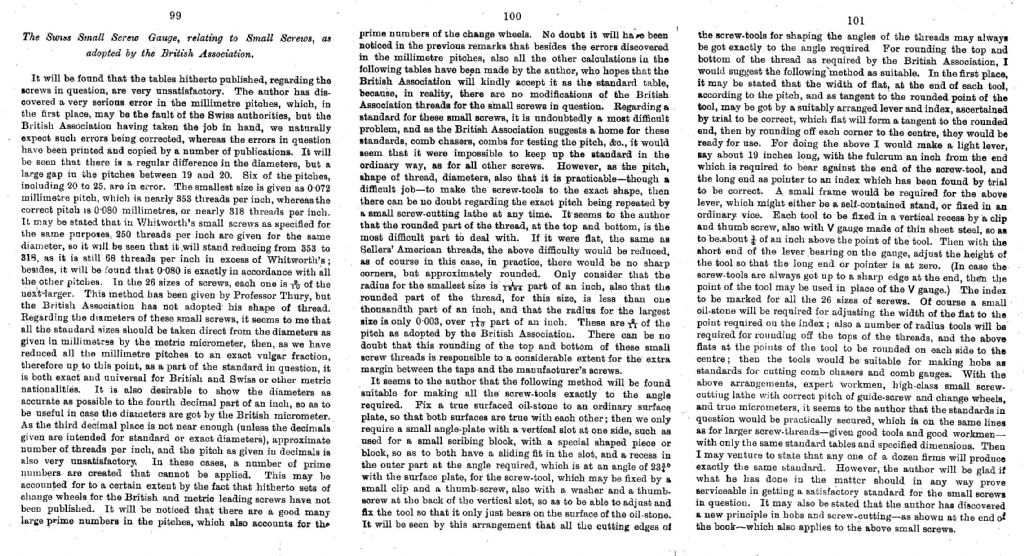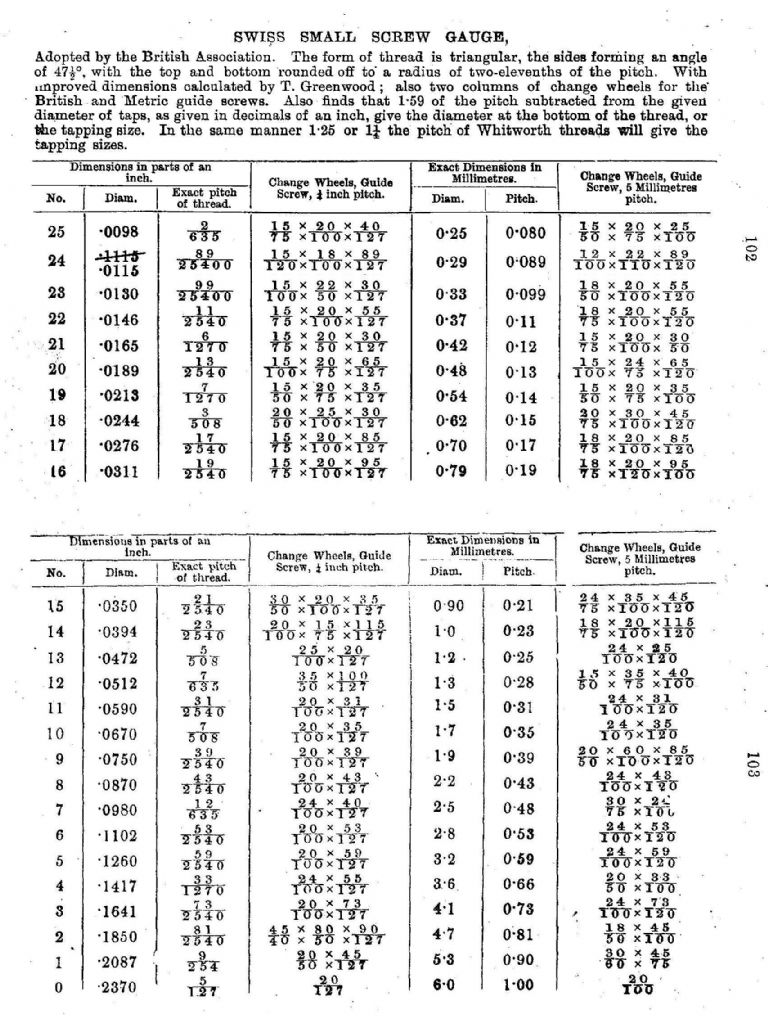Posted by CHAS LIPSCOMBE on 31/01/2021 23:26:06:
… Has anyone heard of the Enfield inch for rifle etc manufacture? …
Chas
Another interesting historical byway!
Around the time of the Crimean War the British Government had a serious falling out with the Birmingham Gun Trade who were dead against converting to interchangeable manufacturing methods, and insisted on making guns the traditional way. Birmingham's product was expensive, their parts weren't quite interchangeable, and – worst of all – urgently needed guns dribbled out of the factories. This when armies were had a burning need to switch from muskets to rifles because a way had been found of reloading rifles as fast as a musket, and rifles had 10 times the effective range and 5 times the punch.
Government solved the problem by setting up the Royal Small Arms Factory at Enfield and equipping it with the latest American machinery and methods. At the time there wasn't a standard precision inch, so Enfield created their own. This became British industry's de-facto standard inch, and was later regularised (with small changes) as the Imperial Standard Inch and then the British Standard Inch.
Unfortunately, this led to several different versions of the British Inch in the USA, Canada, India and Australia, a problem that persisted until everyone based the inch on the metre (ie 25.4mm). And, as always, old and new have to coexist until all the old stuff time-expires, which could take centuries. Allegedly the diameter of the Space Shuttle's booster rockets were determined by the size of US railway tunnels, which were determined by the track gauge, which comes from 18th century North British Coal Tramways, who copied horse-drawn carts, whose axle spacings match Roman chariots…
Dave
duncan webster 1.






